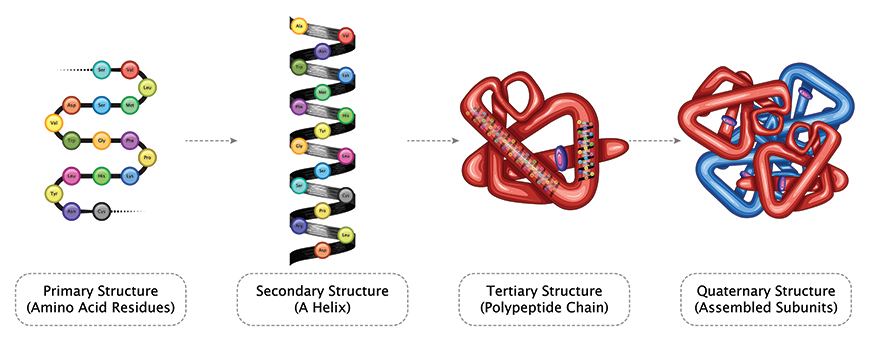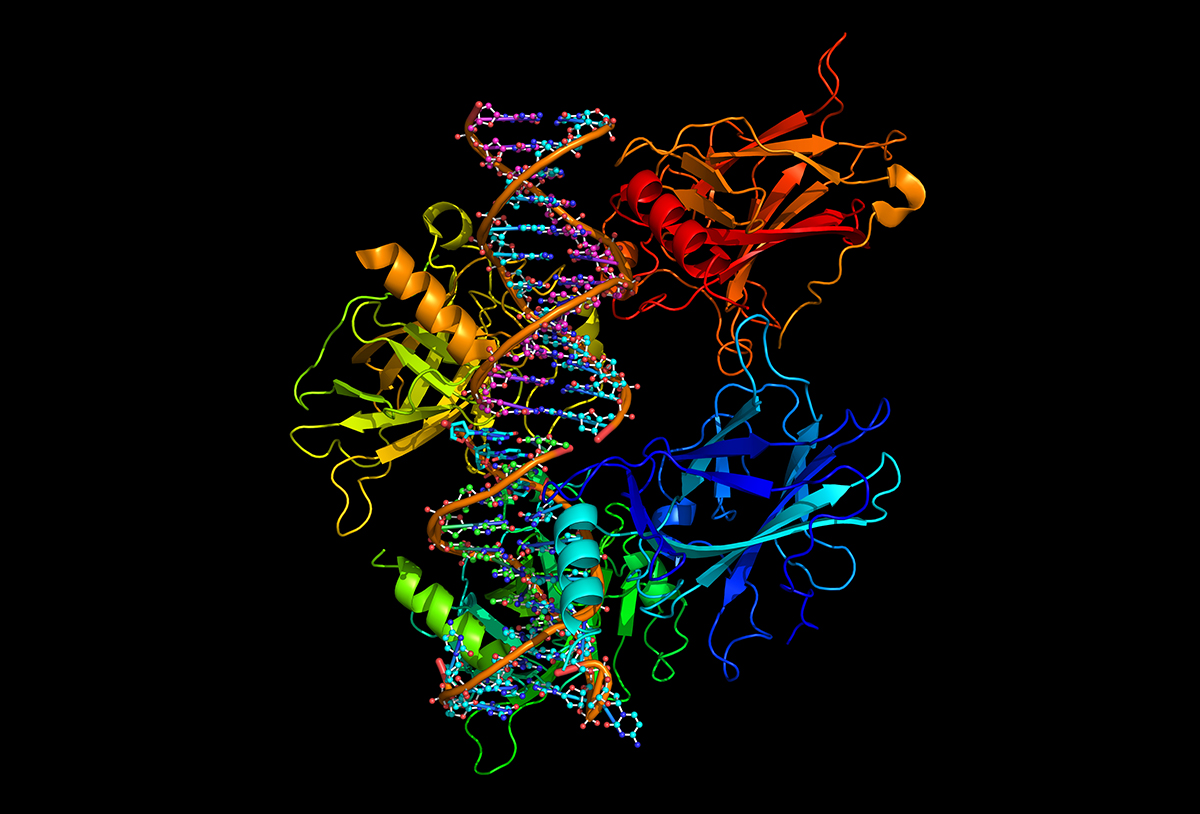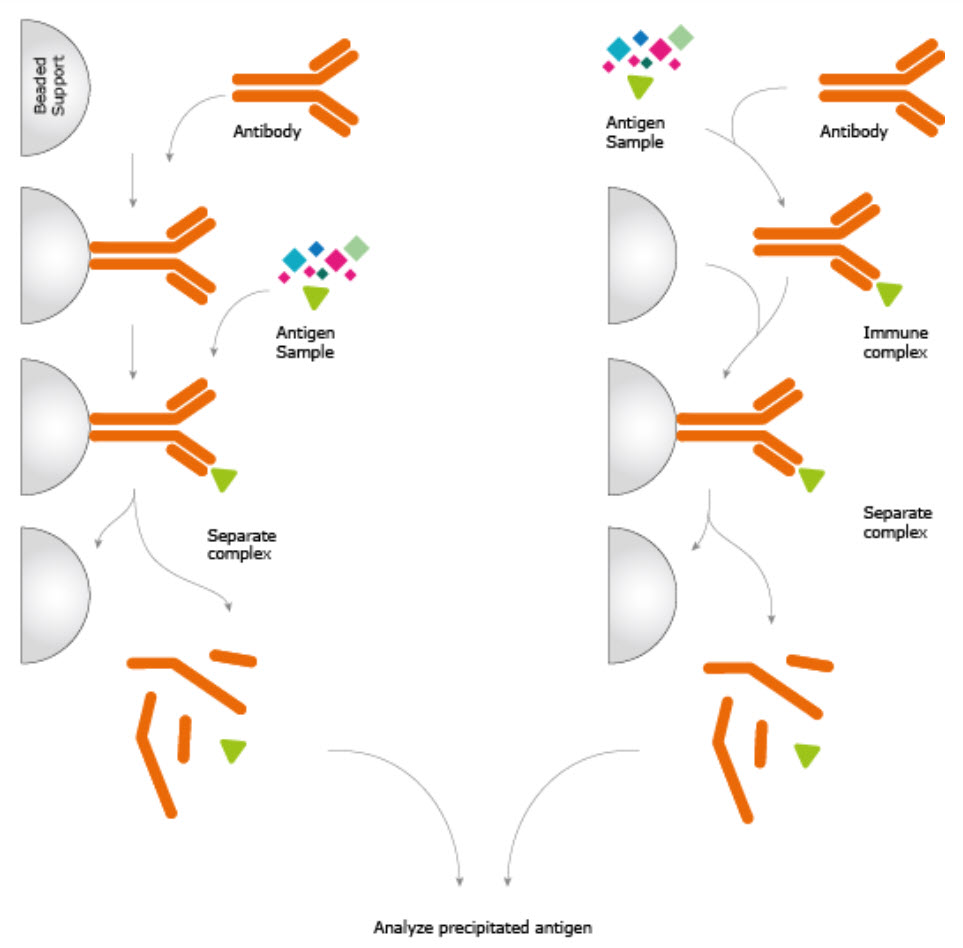Describe Three Methods Used to Analyze Protein Quality
Protein characterization involves the use of experimental methods that allow for the detection and isolation of a protein and its purification as well as the characterization of its structure and function. Back to McClements Home Page.

17 5b Basic Techniques In Protein Analysis Biology Libretexts
Binding method and the new infrared reflectance method for determining protein.

. In this method different types of proteins are separated based on their net charge. This is a measure of the proportion of absorbed protein from a feed that becomes incorporated into the proteins of the animals body. Are described in this paper.
Amino acid analysis is used to determine the amino acid composition of proteins. Methods for determining protein structure. These methods include WarburgChristian method Lowry assay and Bradford assay all of which rely on absorbance properties of macromolecules.
At present there are a number of chromatographic methods that can be utilized in purifying protein samples. Protein is unknown from organism with no DNA sequence information. Protein quality can be assessed by bioassays using live animals or chemical assay.
The Kjeldahl method the Udy dye. Several techniques for protein purification are used to reach a required purity level. Gas chromatograph GC method.
The success of newer advanced sensitive methods and techniques was the result of recent advancements made in biochemistry biotechnology. Simple measure of the amino acid composition of a food as compared with a reference protein based on the limiting amino acids. The two extraction solutions were one consisting of a combination of salt and alkaline solutions and one using a so-called Goods buffer 8.
Bradford assay method uses a dye to bind to protein. Methods for Assessing Protein Quality. PROTEIN QUALITY Methods for Evaluating Protein Quality of Food Proteins An Educational Programme by Dupont Protein Technologies in cooperation with the American.
- Enzymatic gastric proteases - Pepsinogen inactive form of pepsin - Hydrochloric acid HCL - converts pepsinogen to. For some applications a crude extract is sufficient. Protein sequencing approaches depend on what is known and what is the goal.
Chromatographic Techniques Used in Protein Purification. These include the following. The majority of genes and proteins realize resulting phenotype functions as a set of interactions.
These include the traditional wet chemistry analysis and the newer near-infrared reflectance spectroscopy NIRS analysis. The chosen analytical methods were amino acid analysis Kjeldahls method Bradfords method and a modified version of the Lowry method. Most commonly Coomassie brilliant blue G-250 dye is used.
Other uses such as in foods and pharmaceuticals a high level of purity is required. -Matrix-assisted laser desorption ionization mass spectrometry-This method is used to produce ions for mass spectrometry analysis of proteins. Using a strong acid to release the amino acids which are then separated using chromatography eg ion exchange affinity or absorption chromatography.
The other methods described are used commonly in research laboratories working on proteins. Wet chemistry analysis based upon well-established chemical principles uses chemicals and drying agents to determine the components of a. The PDCAAS which was introduced by the Food and Agriculture Organization of the World Health Organization FAOWHO in 1991 is the current internationally approved method for protein quality assessment.
A protein sample is first hydrolyzed eg. Still the basic method used for protein analysis. It determines how readily the digested protein can be used in protein synthesis in the animal.
The Kjeldahl Dumas N combustion infrared spectroscopy and anionic dye-binding methods described are from the Official Methods of Analysis of AOAC International and are used commonly in nutrition labeling andor quality control. Edman degradation Mass spectrometry. Methods of Forage Quality Analysis.
There are two methods used to analyze forage samples in a laboratory. A comparison between required essential nutrients feed chemical composition and analytic methods used in feed analysis is summarized in Figure 1. Methods used in some countries for labeling protein content of a food item or methods proposed for use for labeling include the protein efficiency ratio PER required in Canada.
There are two common methods used to test and analyze fat in food. In the analysis of wheat protein by the Kjeldahl. The most practical approach to feed analysis is one of chemical composition--direct determinations of moisture ether extract fat ash mineral nitrogen crude protein and fiber fractions.
Briefly PDCAAS is based on the combination of an age-related amino acid reference pattern that is representative of human requirements plus estimates of. Tertiary quaternary structure. The liquid protein mixture is crystallized along with a matrix Ebrahimian 2014 After the crystallization the crystal is placed on a surface where a laser of specific wavelength converts the crystal into gas ions Ebrahimian 2014.
Protein quality focuses on the relative composition of AAs present in a protein source compared to a protein pattern than is considered to represent the highest quality protein. Protein-protein interaction plays key role in predicting the protein function of. The in vitro and in vivo methods like affinity purification Y2H yeast 2.
Measures how much N from a protein food is retained by the body after digestion absorption and excretion - amino acid score. When free of protein the. The gas chromatograph GC method is used for accurate nutritional labeling to include trans fats and its used for research projects.
Ion exchange chromatography IEXC. The degree of protein purity required depends on the intended end use of the protein. Several reliable methods for quantifying protein have been developed to simplify the process.
Describe three methods used to analyze protein quality.

Protein Analysis Techniques Explained Ata Scientific

No comments for "Describe Three Methods Used to Analyze Protein Quality"
Post a Comment